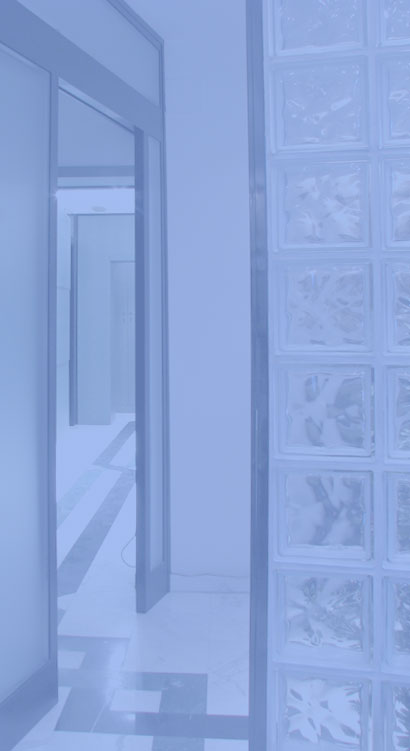
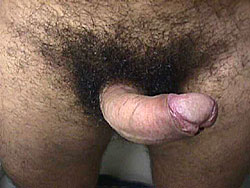
|
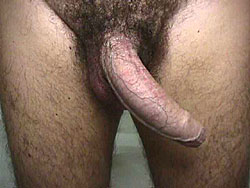 |
Curvature of the penis can be innate or acquired. Innate curves can categorized into groups, one group which concerns the urethra and another group which does not. In the first group the most frequent deformity has to do with the innate shortness of the urethra, (with meato in sede, with ipo or epispadia) linked to the presence of pericavernous fibrous sinews or to segmentary ipoplasia of the albuginea. In cases of “short uretra” inter, pericavernous and intraspongiocavernous fibrous sinews can almost always be found. Acquired curves can be derive from Induratio Penis Plastica (IPP), from inflammation of the cavernous tissue, from local traumas, or iatrogenica, that is from after effects of surgical operations or operations on the penis (urethroplastics, results of surgery for Induration Penis Plastica etc.).
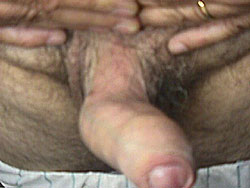
Deformazione da IPP
The penis can curve in any direction, upwards, downwards or to the side. Sometimes the curve can be more complex with assiali twists. The angle of the curve can vary and it can be in the form of a sharp bend or of an arc. The patient will generally seek an examination from a doctor after having noticed such a pathological situation during sexual development. If not, it is the specialist who makes the diagnosis of Recurvatum with a patient who complains, usually of erectile disorders or difficulty with penetration. Indeed, both innate and acquired penile curves are associated with erectile disorders owing to venous leakage syndrome or to physical difficulties during intercourse which can even concern the partner who might complain of pain and therefore obliging the taking up of particular positions during penetration. Examination and palpation make it possible to diagnose possible deformities and associated pathologies. With regards to diagnostic instruments used, the photograph taken by the patient himself has until recently offered the most fundamental diagnosis. Obviously this method is somewhat limited in its ability to determine the angle of the recurvatum and its correct orientation. These days we can resort to the bringing about of an erection using an intercavernous pharmaceutical infusion of a vasoactive substance (Prostaglandine); in such a way, in the surgery itself, we can obtain with photography an accurate measuring of the extent of the curve and of the angles, both of the penile axis and of the relationship between this and the frontal and sagittale planes.
SURGICAL TECHNIQUES
In 1965 Nesbit proposed the first surgical operation for the correction of the recurvatum which consists of the removal and successive sewing up of the transverse ellipses of the albuginea on the part the convexity of the greatest curve of the cavernous body in such a way as to determine the shortening and therefore the correction of the recurvatum. The number of ellipses to be removed, their dimensions and localizations can be ascertained intraoperatoriamente with an induced erection, applying Allis pincers to the albuginea. There follows a removal of the calculated amount of albuginea and the successive sewing up of the incision. At the end, the result is checked with another induced erection to make the necessary corrections. This is the preferred technique and it has the best results even if some surgeons have made various modifications. Horton, in some cases of ventrale curvature cuts the fibrous tissue lengthwise which is ventralmente between the two cavernous bodies; in other cases he prefers to go along the concave part of the curve inserting a graft of derma or of albuginea cut from the convex side.
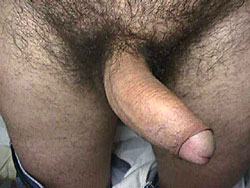
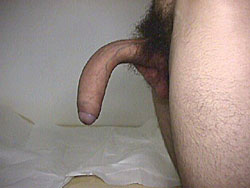
Ebbehoj proposes the following technique: on the albuginea tunic, which is prepared on the convex side, “Z points” are applied which, once tied up, bring bout the shortening without the removal of tissue. Kelami meanwhile removes a portion of albuginea in the form of a rhomboid which is sewn in horizontally with introflettenti stitches, he then continues using Nesbit’s method.
Udall, for the correction of the dorsal recurvatum, makes a transverse incision which is then sewn up lengthwise obtaining in this way an enlargement of the concave dorsal face. According to Montagne the correction can be made with the escissione of a single losanga across both the cavernous bodies. These operations however can leave palpable lumps owing to an abundance of tissue or they can cause relapses due to a deiscenza of the stitching. The technique that we propose leaves quite a smooth surface on the penis and it seems to offer the best guarantee of stability.
ORIGINAL TECHNICAL SURGERY
The surgical operation that we conduct is carried out with a day hospital schedule, that is, with a single day in hospital and with a local anesthetic. After having made a circular sub-coronal (under the gland) incision, the penis is completely “ungloved” and an erection is induced infusing a physiological solution in order to measure extempore the curvature. It can then be corrected with the removal of small ellipses of albuginea (the membrane which delimits the cavernous bodies) on the convex side and the sewing up of the edges of the “corporotomia”.
After an accurate emostasi, the cut is sewn up with soluble material and an elasto-compressive plaster is applied.
The patient can be discharged after two or three hours. Intercourse can be resumed a few weeks after the operation.
